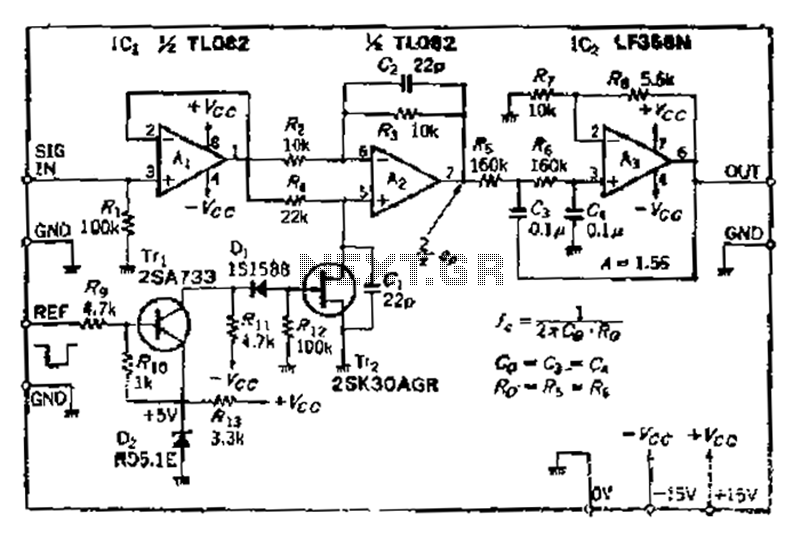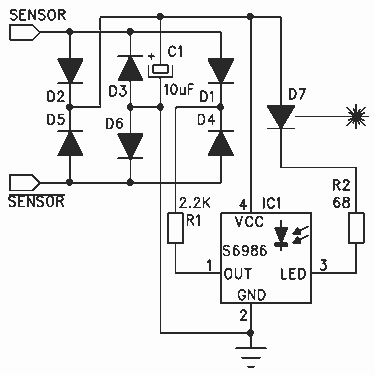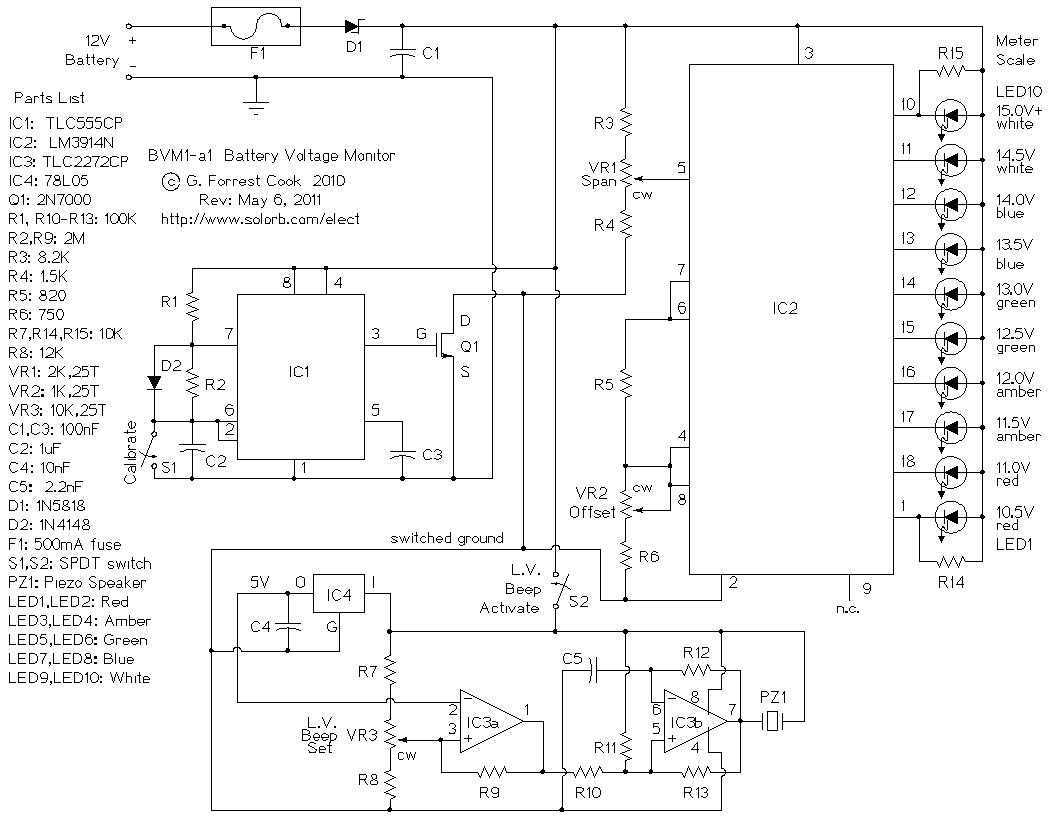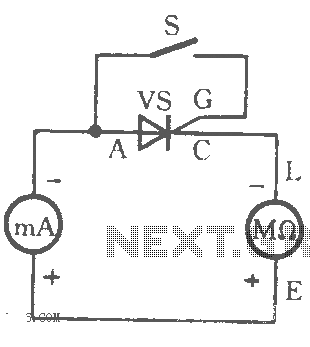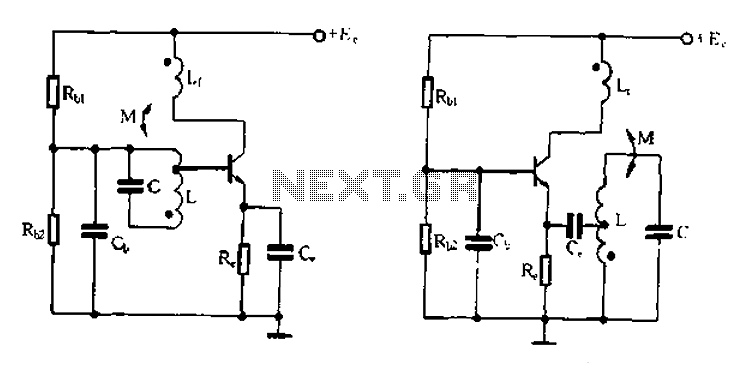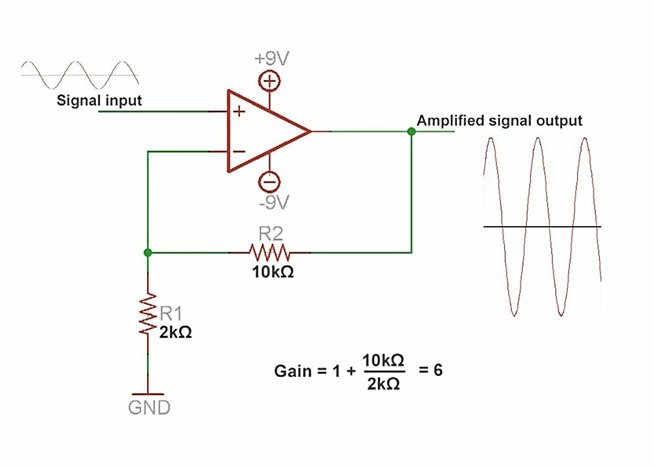
2.5V voltage regulator circuit
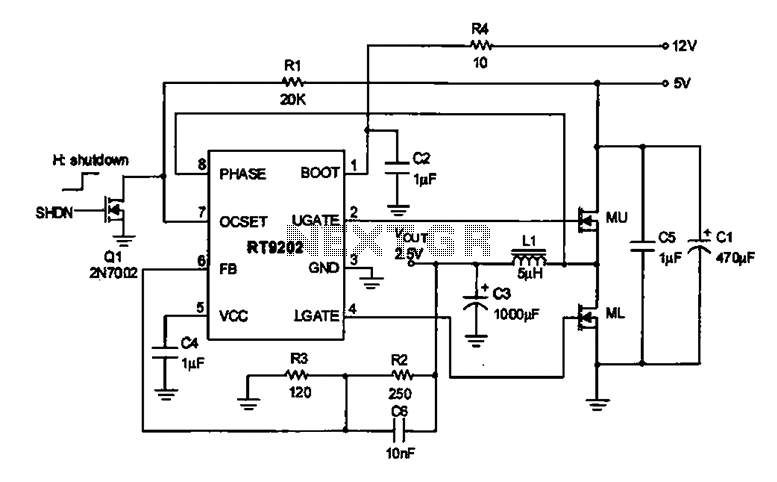
A 2.5V voltage regulator circuit is illustrated, which is part of a computer's motherboard. The circuit employs an oscillation circuit with the RT9202 control core chip, converting a 5V input supply into a regulated +2.5V output voltage, with the chip's reference point being a +12V power supply.
The 2.5V voltage regulator circuit is designed to maintain a stable output voltage of 2.5V from a higher input voltage, specifically 5V. The RT9202 integrated circuit (IC) plays a crucial role as the control core of this regulation process. It utilizes pulse-width modulation (PWM) to adjust the output voltage dynamically, ensuring that variations in load conditions do not affect the regulated voltage.
The circuit typically includes input and output capacitors to stabilize the voltage levels and minimize ripple. The input capacitor (C1) is placed close to the input pin of the RT9202 to filter out any high-frequency noise from the power supply. The output capacitor (C2) is similarly positioned to smooth the output voltage and enhance transient response.
Additionally, the circuit may incorporate resistors for setting the output voltage and feedback mechanisms that allow the RT9202 to monitor the output voltage continuously. This feedback loop is essential for maintaining the desired voltage level under varying load conditions. The design also considers thermal management, as the regulator may dissipate heat during operation; therefore, proper heat sinking or thermal pads might be necessary to ensure reliability.
In summary, this voltage regulator circuit is an essential component of computer motherboards, ensuring that sensitive electronic components receive a stable and reliable 2.5V supply from a 5V input, thereby enhancing the overall performance and stability of the system.2.5V voltage regulator circuit Shows the computers motherboard in 2.V voltage regulator circuit, the oscillation circuit switch IC RT9202 control core chip, will become +2.V po wer supply voltage 5v output voltage chip conscious end is + 12V power supply.
The 2.5V voltage regulator circuit is designed to maintain a stable output voltage of 2.5V from a higher input voltage, specifically 5V. The RT9202 integrated circuit (IC) plays a crucial role as the control core of this regulation process. It utilizes pulse-width modulation (PWM) to adjust the output voltage dynamically, ensuring that variations in load conditions do not affect the regulated voltage.
The circuit typically includes input and output capacitors to stabilize the voltage levels and minimize ripple. The input capacitor (C1) is placed close to the input pin of the RT9202 to filter out any high-frequency noise from the power supply. The output capacitor (C2) is similarly positioned to smooth the output voltage and enhance transient response.
Additionally, the circuit may incorporate resistors for setting the output voltage and feedback mechanisms that allow the RT9202 to monitor the output voltage continuously. This feedback loop is essential for maintaining the desired voltage level under varying load conditions. The design also considers thermal management, as the regulator may dissipate heat during operation; therefore, proper heat sinking or thermal pads might be necessary to ensure reliability.
In summary, this voltage regulator circuit is an essential component of computer motherboards, ensuring that sensitive electronic components receive a stable and reliable 2.5V supply from a 5V input, thereby enhancing the overall performance and stability of the system.2.5V voltage regulator circuit Shows the computers motherboard in 2.V voltage regulator circuit, the oscillation circuit switch IC RT9202 control core chip, will become +2.V po wer supply voltage 5v output voltage chip conscious end is + 12V power supply.
